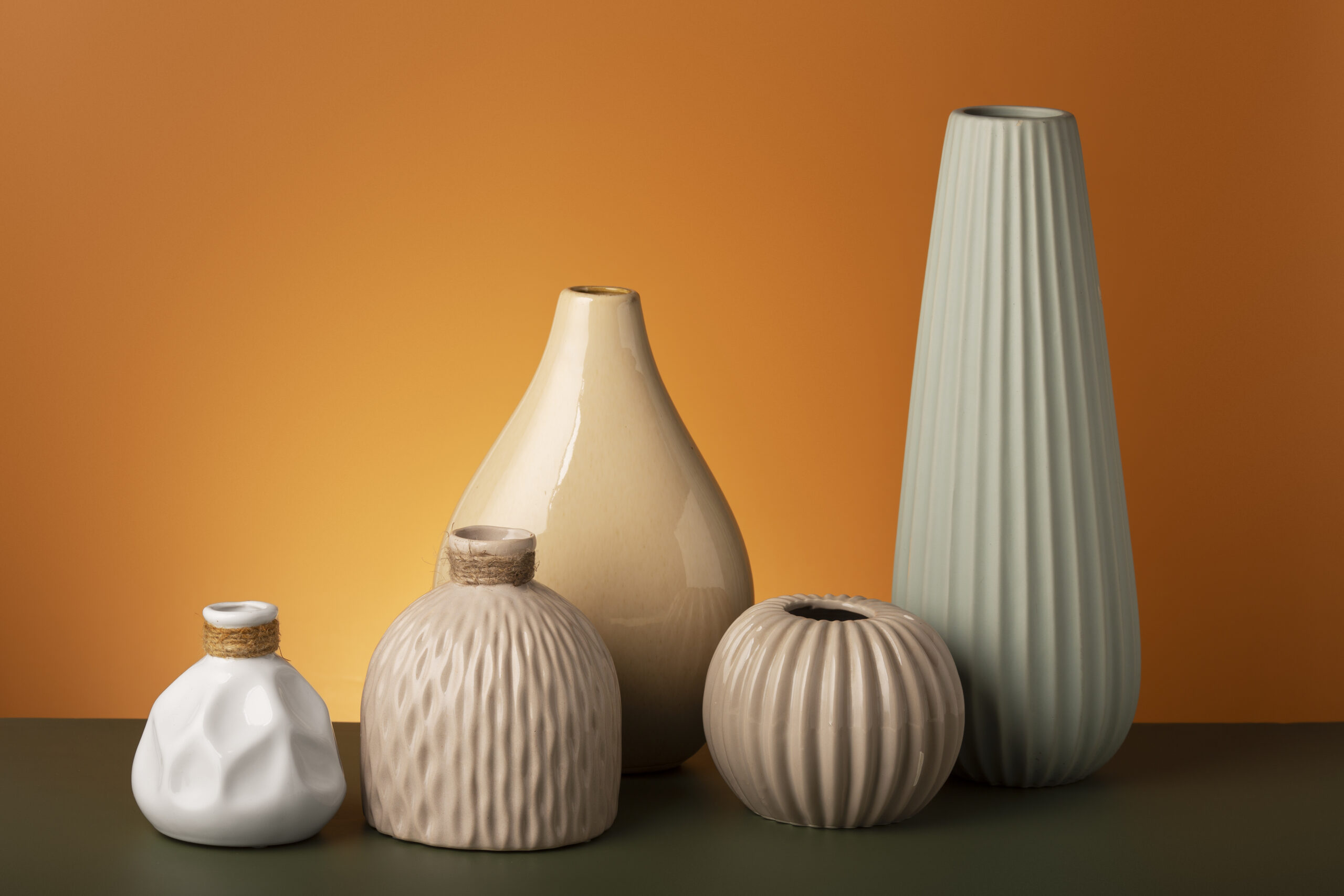Selecting the right pots or planters for your indoor plants is more than just a matter of aesthetics. The right container can significantly impact your plant's health, growth, and overall well-being. Here’s a guide to help you choose the perfect pots or planters for your indoor garden.
1. Consider the Material
Different materials have different properties that can affect your plants. Here are some common options:
- Terracotta: Porous and allows for good air and water movement. Ideal for plants that prefer drier soil, but they can dry out quickly.
- Ceramic: Non-porous with a glazed finish, which retains moisture longer. They come in various colors and designs but can be heavy and more expensive.
- Plastic: Lightweight, inexpensive, and retains moisture well. However, they can look less attractive and may not be as durable.
- Metal: Modern and stylish, but they can heat up quickly and may cause root damage if placed in direct sunlight.
- Fabric: Breathable and allows for excellent drainage and aeration. They're flexible and great for larger plants, but they may require more frequent watering.
2. Ensure Proper Drainage
Proper drainage is crucial to prevent root rot and overwatering:
- Drainage Holes: Always choose pots with drainage holes to allow excess water to escape. If you find a pot you love without holes, consider drilling some yourself or using it as a decorative outer pot with an inner pot that has holes.
- Saucers: Use saucers to catch excess water and protect your surfaces. Make sure to empty them regularly to avoid standing water.
3. Size Matters
Choosing the right size pot is essential for healthy plant growth:
- Root Space: Ensure the pot provides enough room for roots to grow. Too small, and the plant may become root-bound; too large, and it may retain too much moisture.
- Repotting: Start with a pot that is about 1-2 inches larger in diameter than the plant's current pot. Plan to repot your plant as it grows, usually every 1-2 years.
4. Style and Aesthetics
While functionality is key, aesthetics also play an important role:
- Match Your Decor: Choose pots that complement your interior design. Consider colors, textures, and styles that enhance your living space.
- Statement Pieces: Use unique or decorative pots as focal points in a room. Handmade or artistically designed planters can add a touch of personality.
5. Weight and Mobility
Consider the weight and mobility of your pots, especially for larger plants:
- Heavy Pots: While stable and durable, heavy pots can be difficult to move. They’re ideal for plants that won’t need frequent repositioning.
- Lightweight Options: If you like to rearrange your plants often or need to move them for cleaning, opt for lighter materials like plastic or fabric.
6. Self-Watering Pots
Self-watering pots are a convenient option for those who travel frequently or tend to forget to water their plants:
- Reservoir System: These pots have a built-in reservoir that allows plants to absorb water as needed, reducing the frequency of watering.
- Maintenance: While convenient, it’s important to monitor the water level and ensure the reservoir doesn’t run dry.
7. Eco-Friendly Choices
Consider environmentally friendly options to reduce your carbon footprint:
- Recycled Materials: Look for pots made from recycled plastics or other sustainable materials.
- Biodegradable Pots: Ideal for seed starting, these pots can be planted directly into the ground, reducing waste.
Choosing the right pots or planters for your indoor plants involves balancing functionality, aesthetics, and the specific needs of your plants. By considering factors like material, drainage, size, style, weight, and eco-friendliness, you can create a beautiful and healthy indoor garden. Happy planting!
